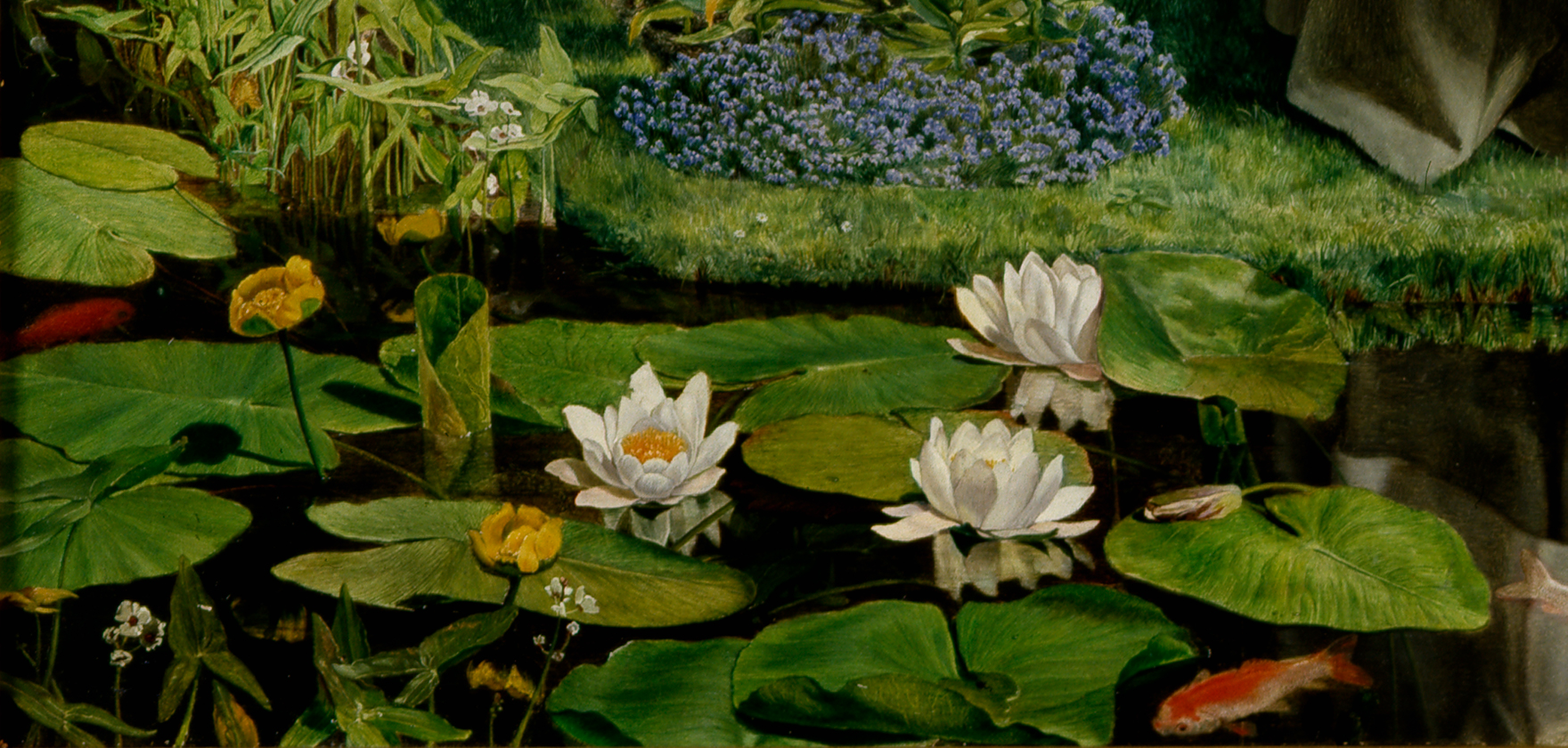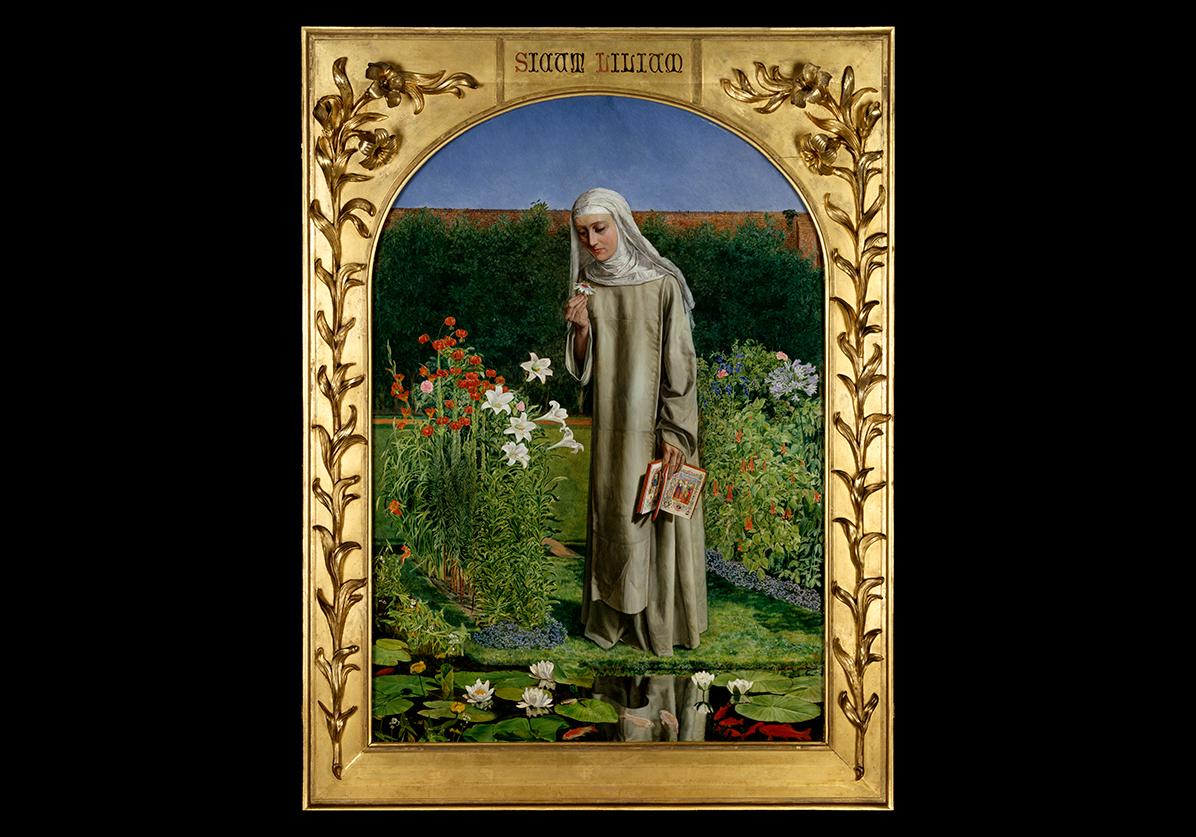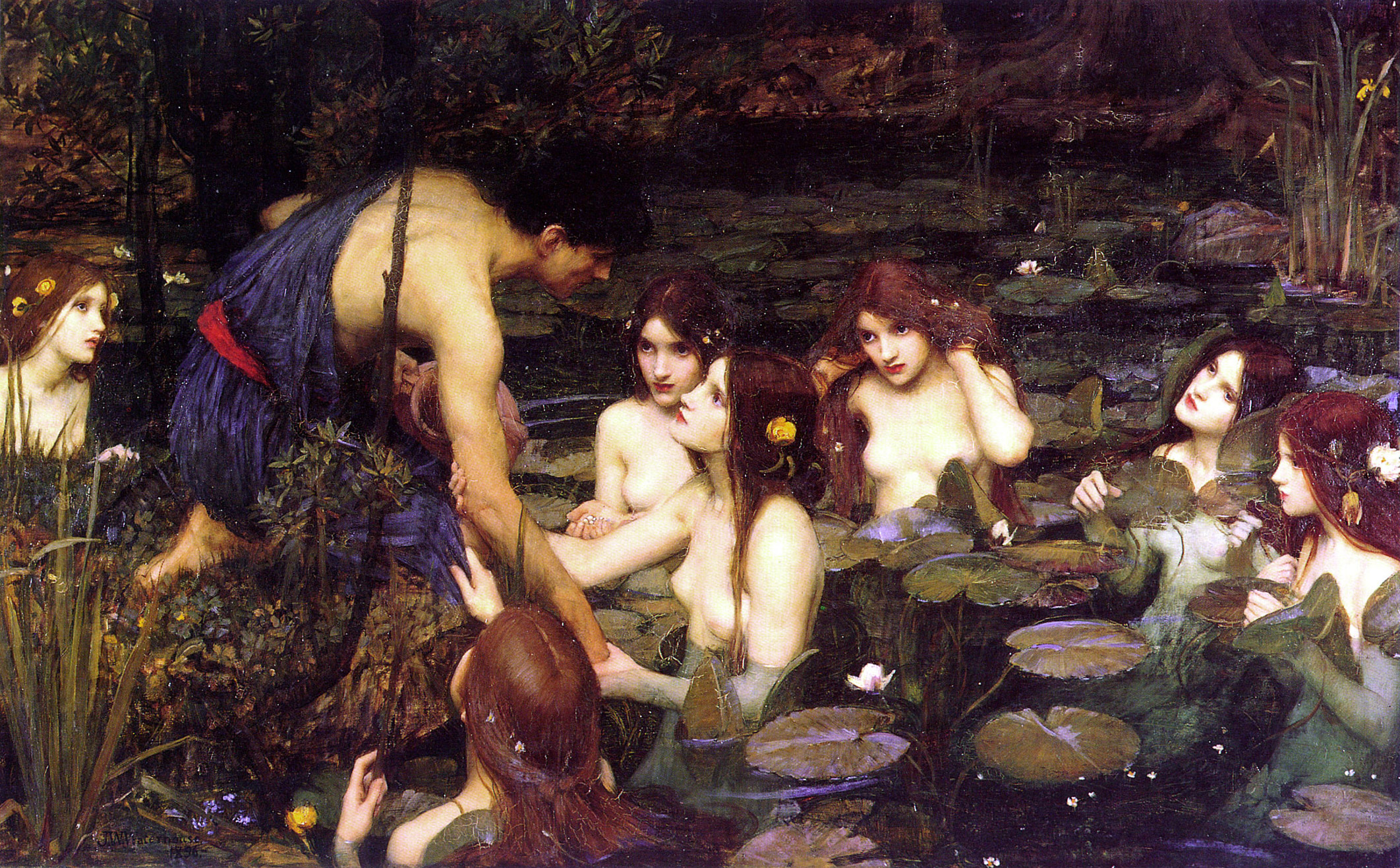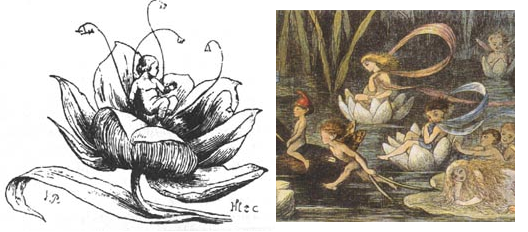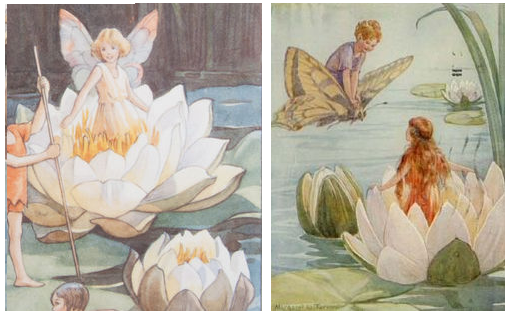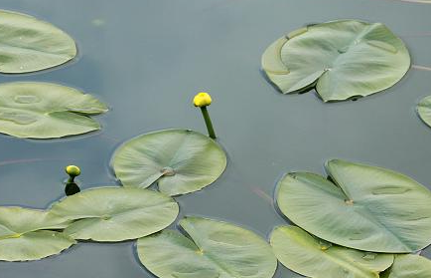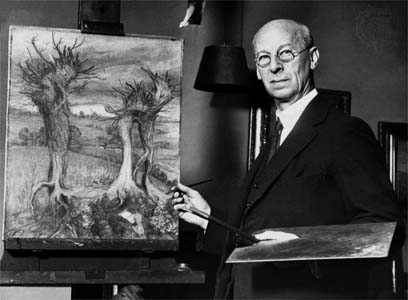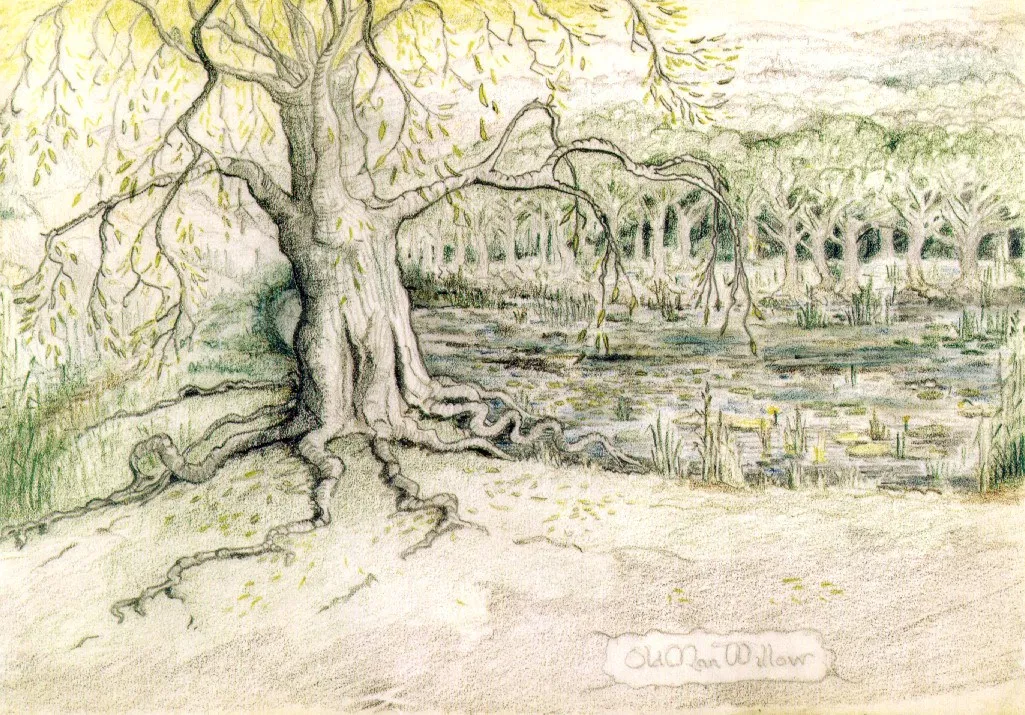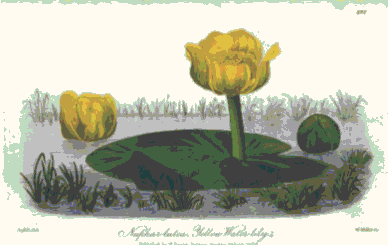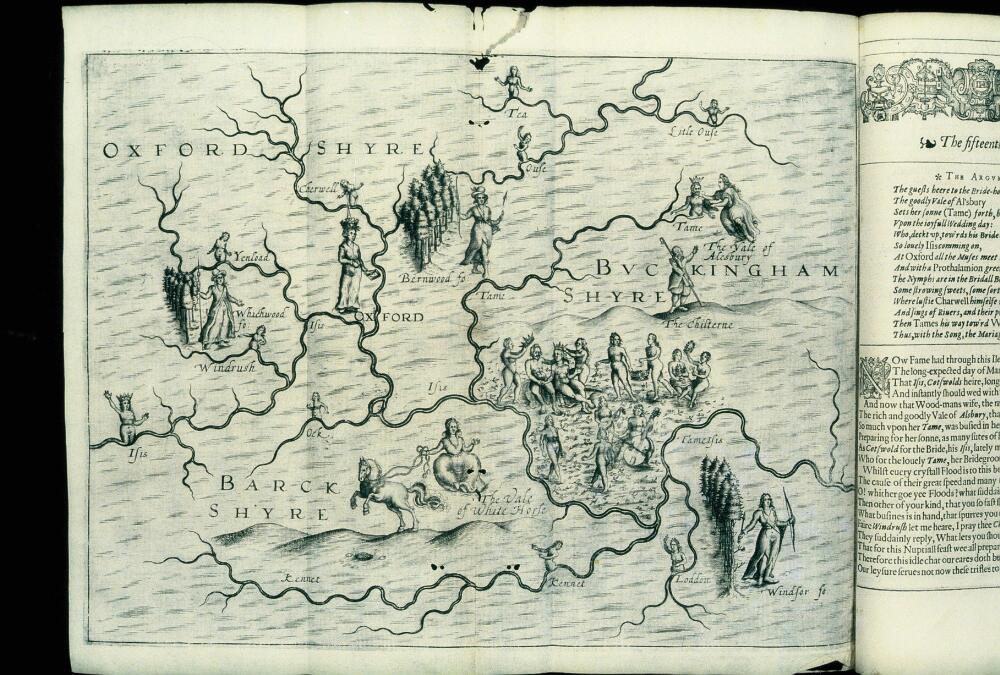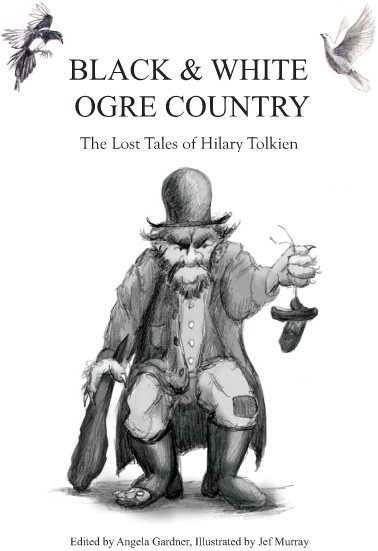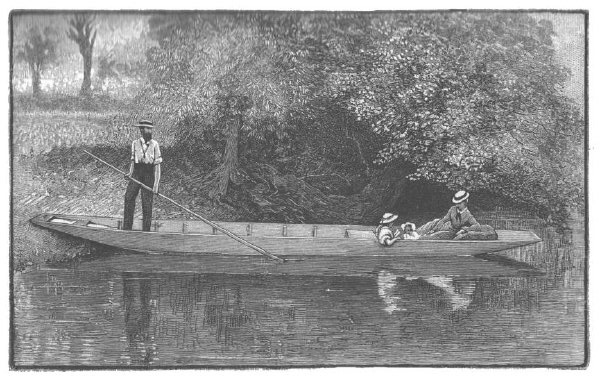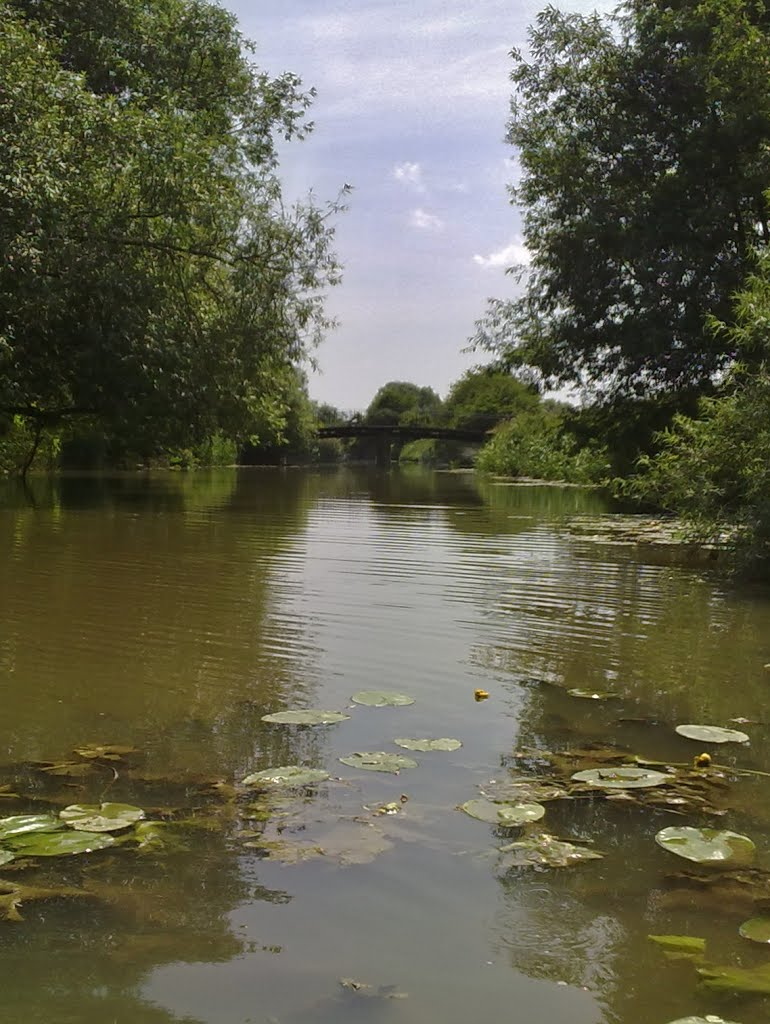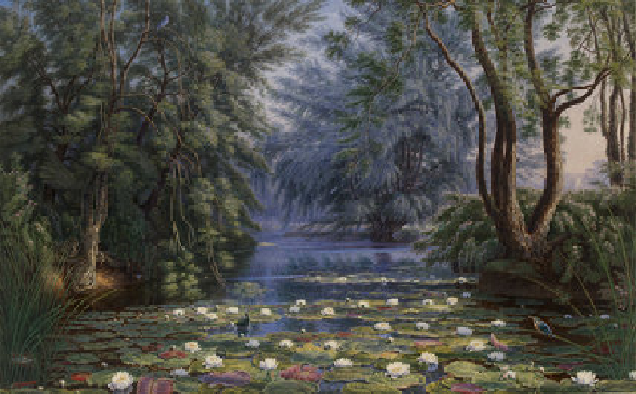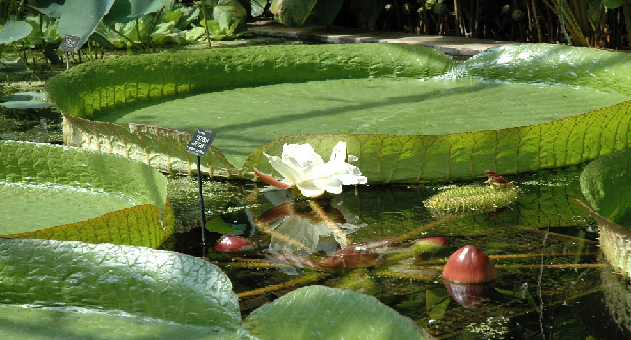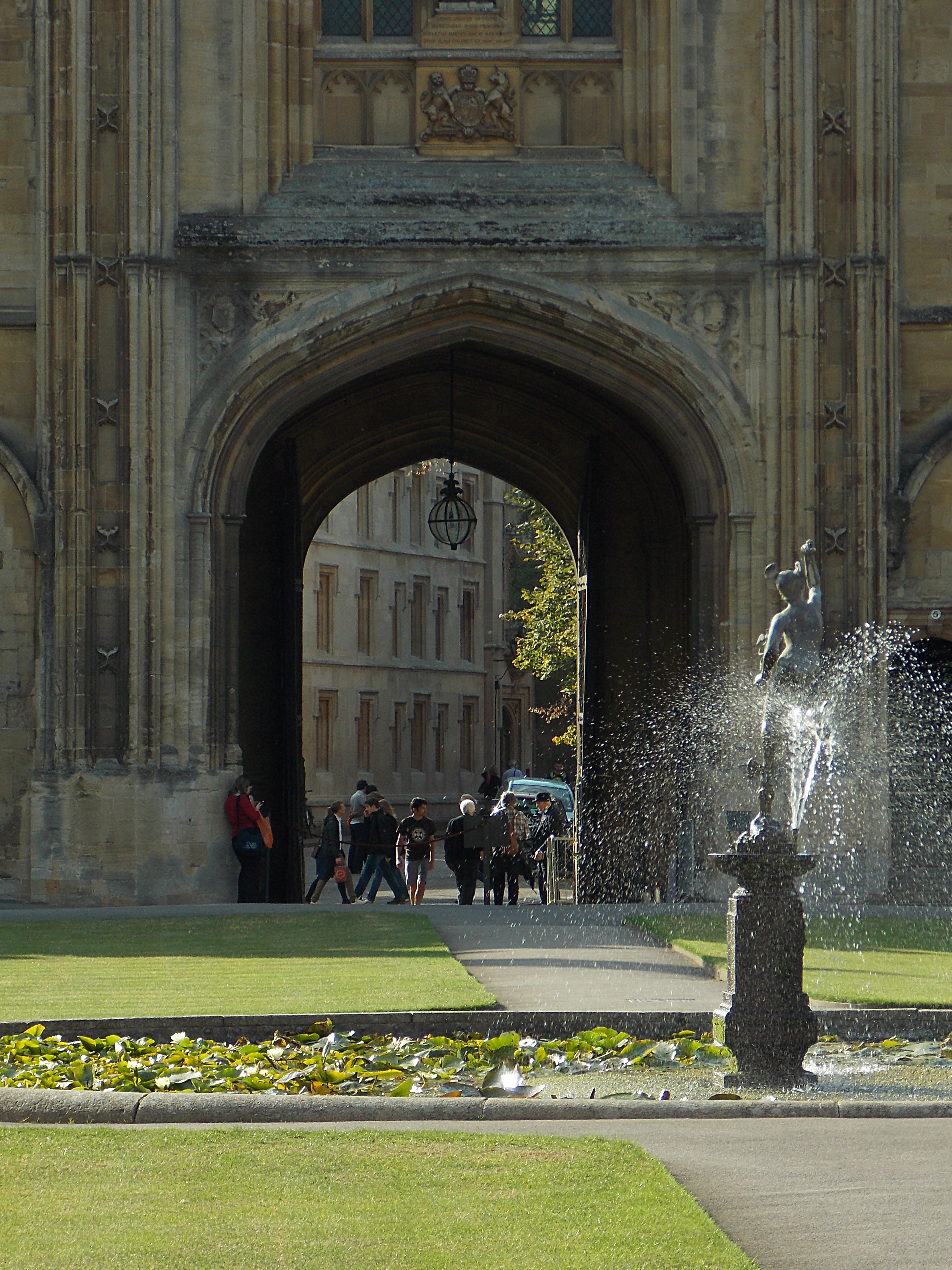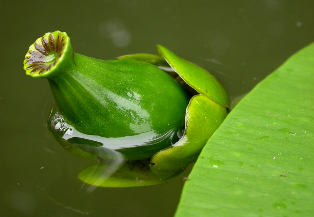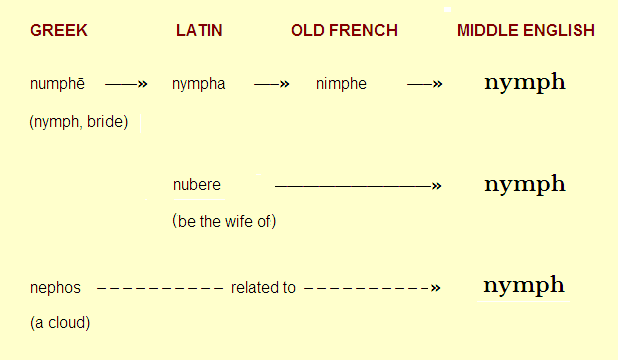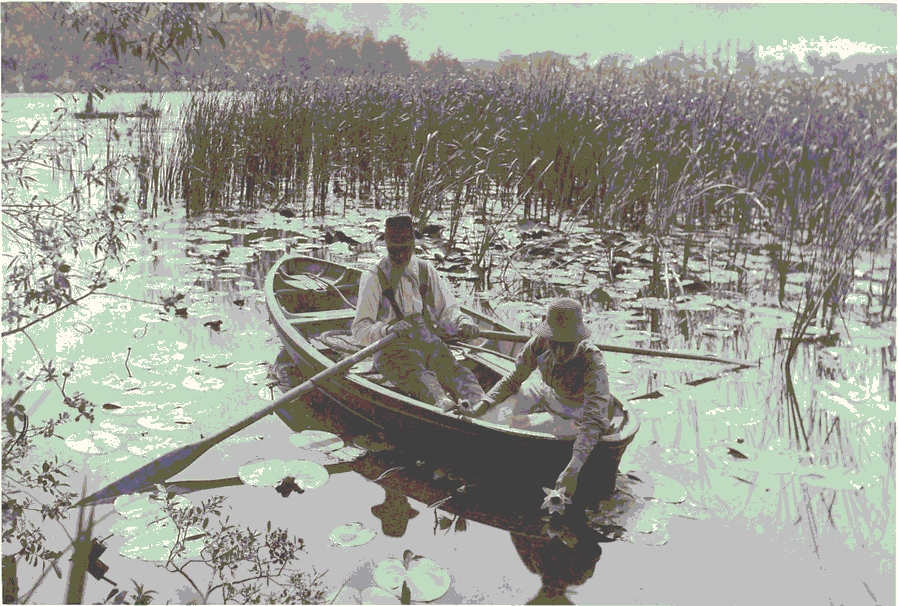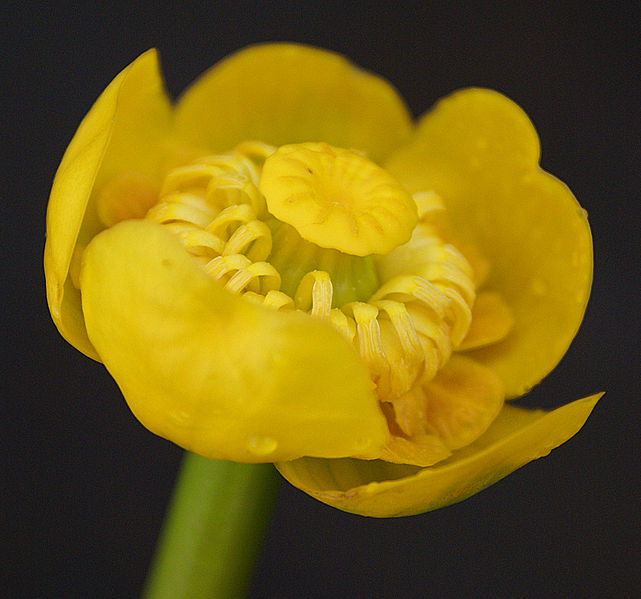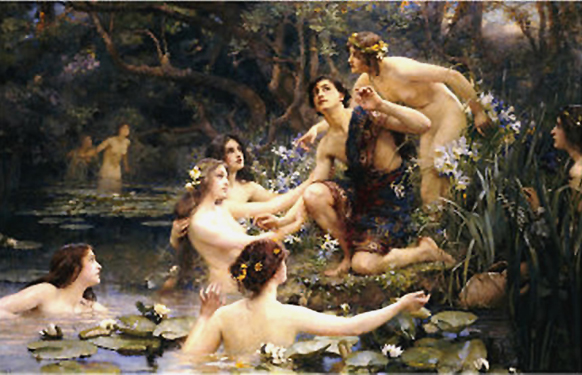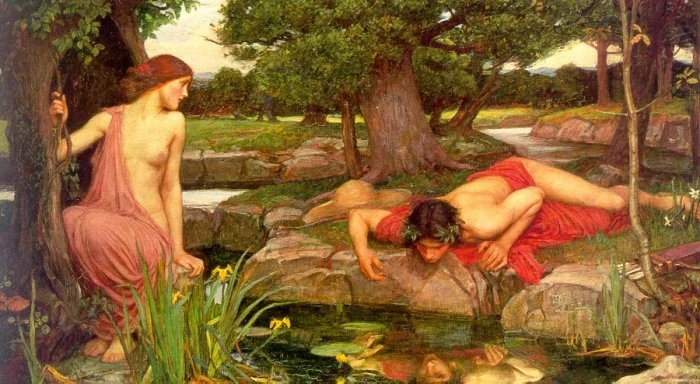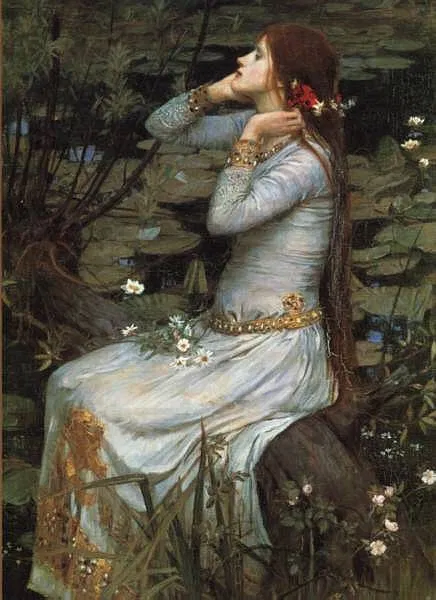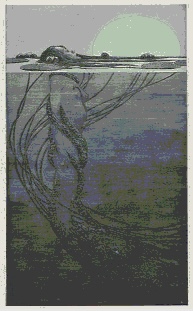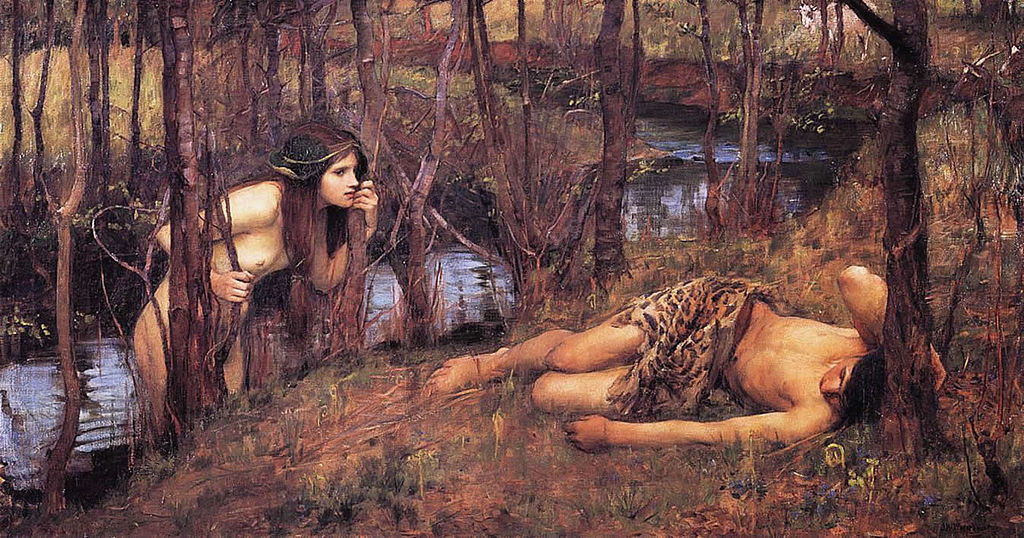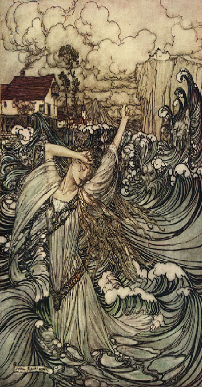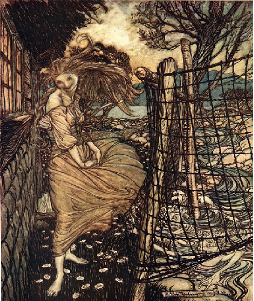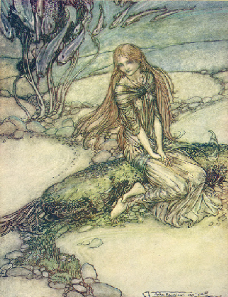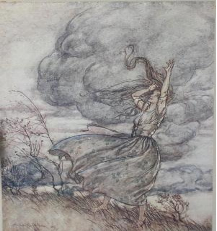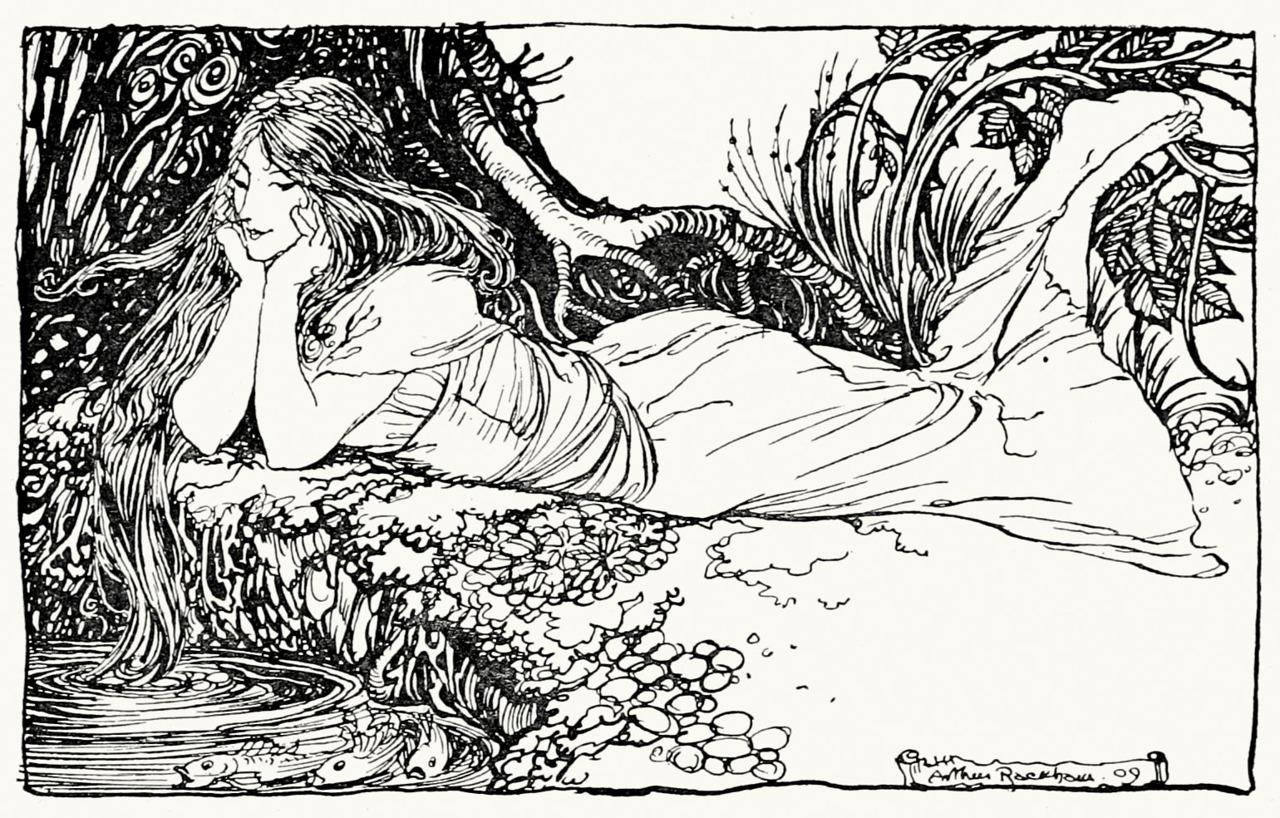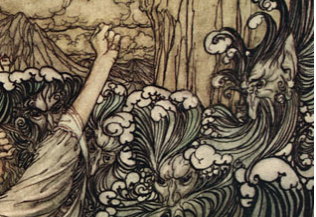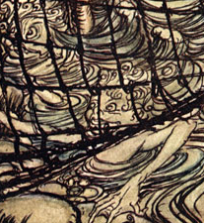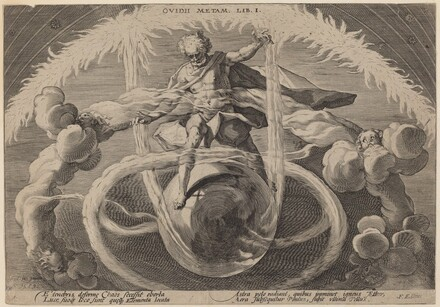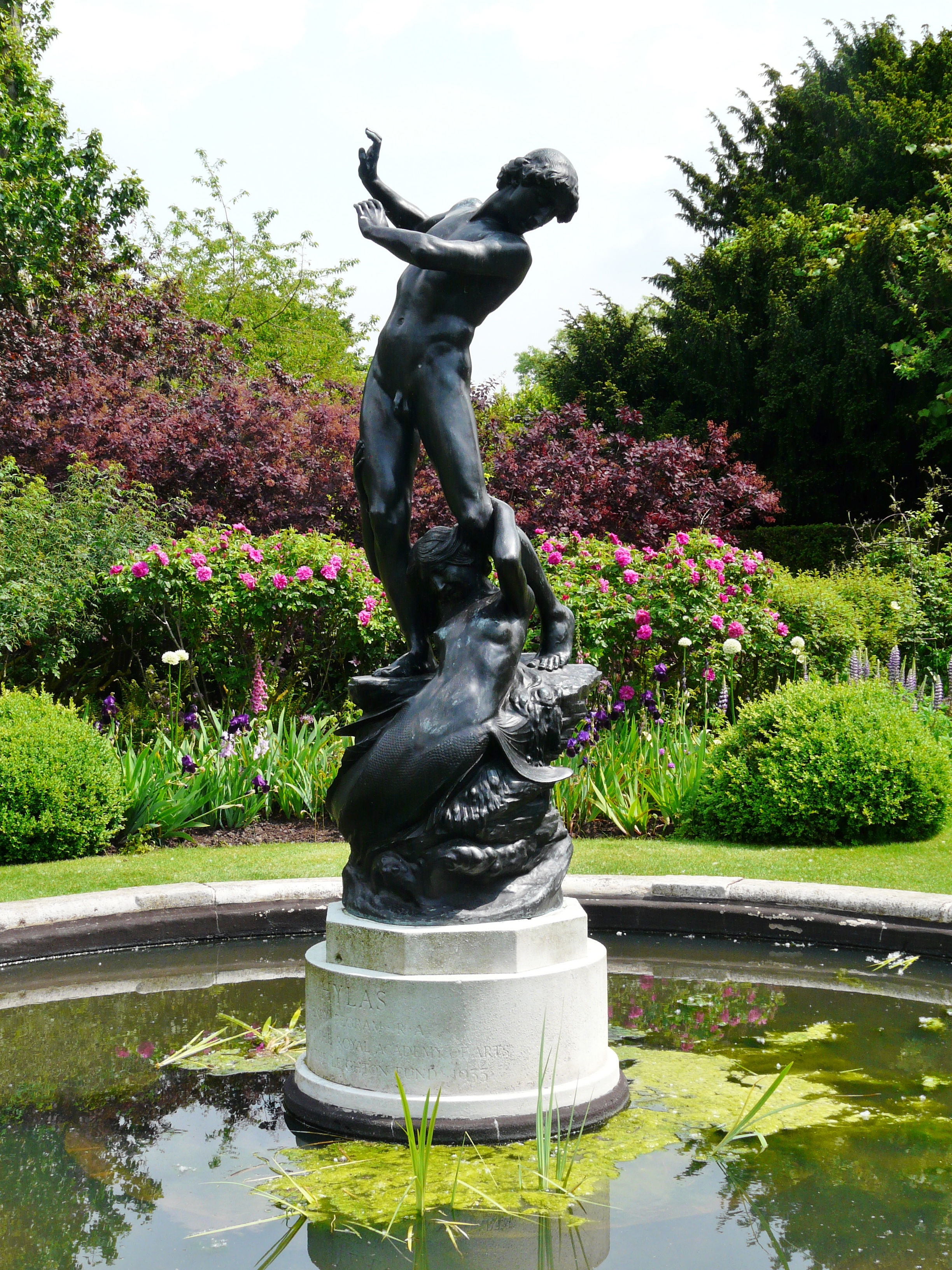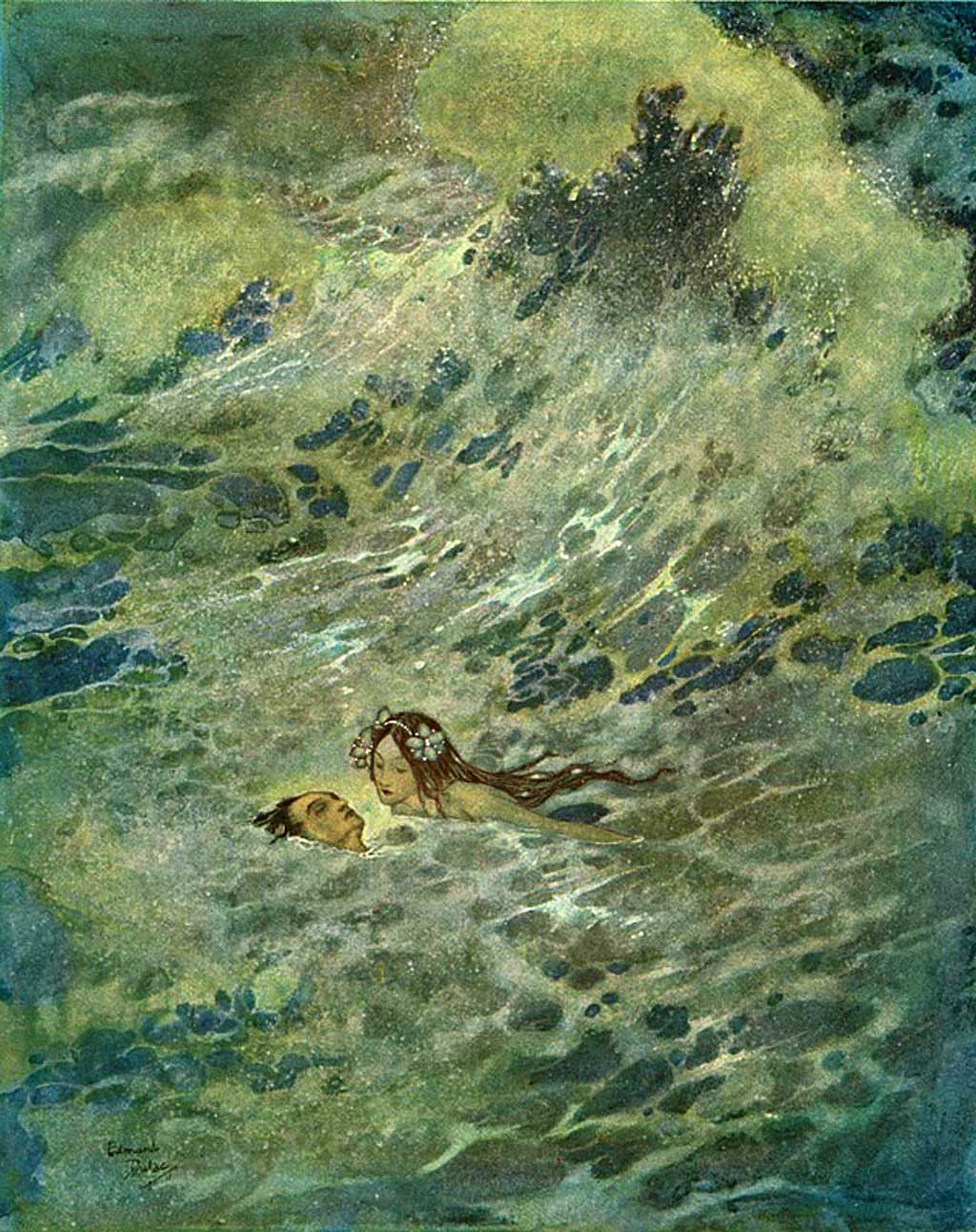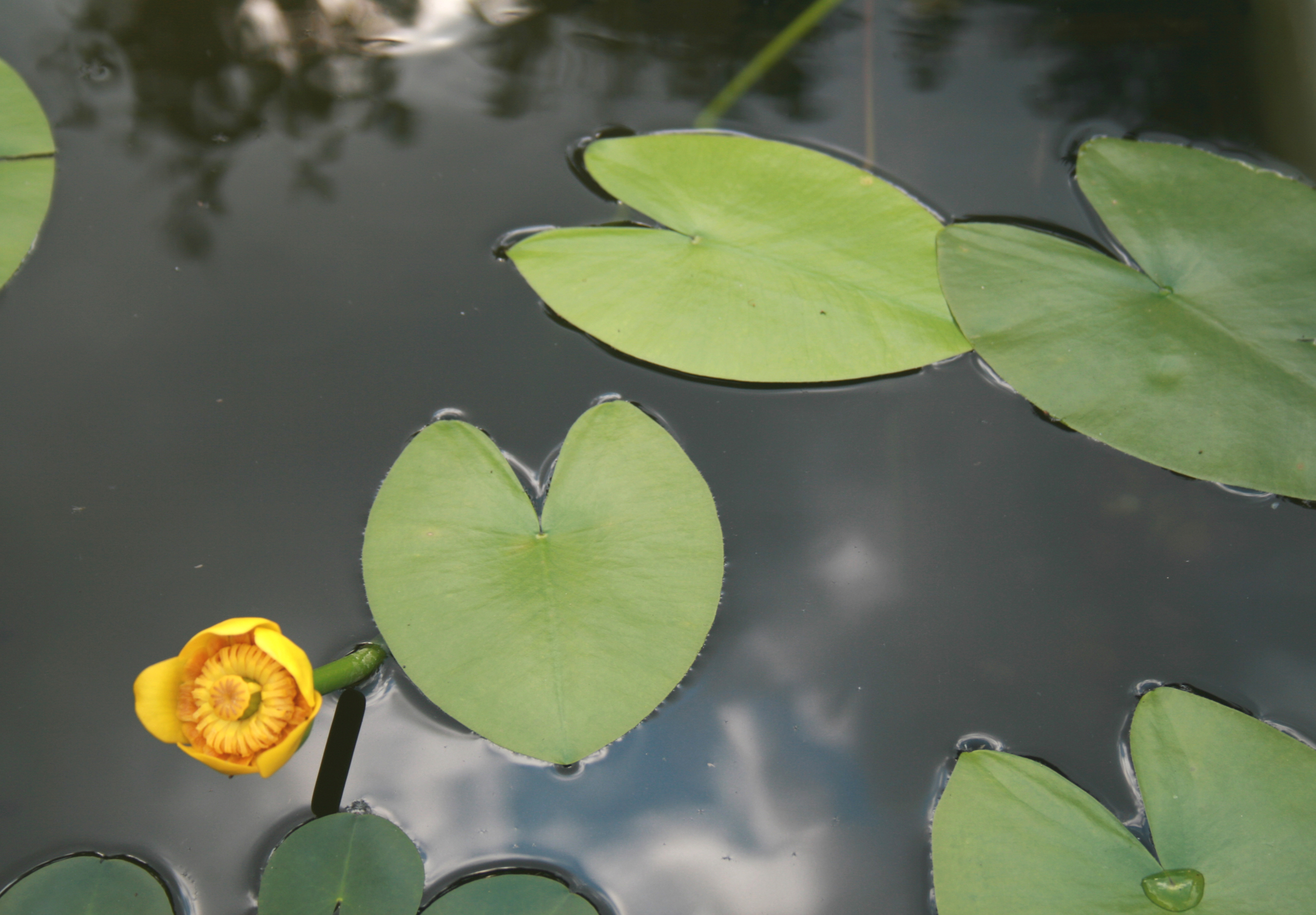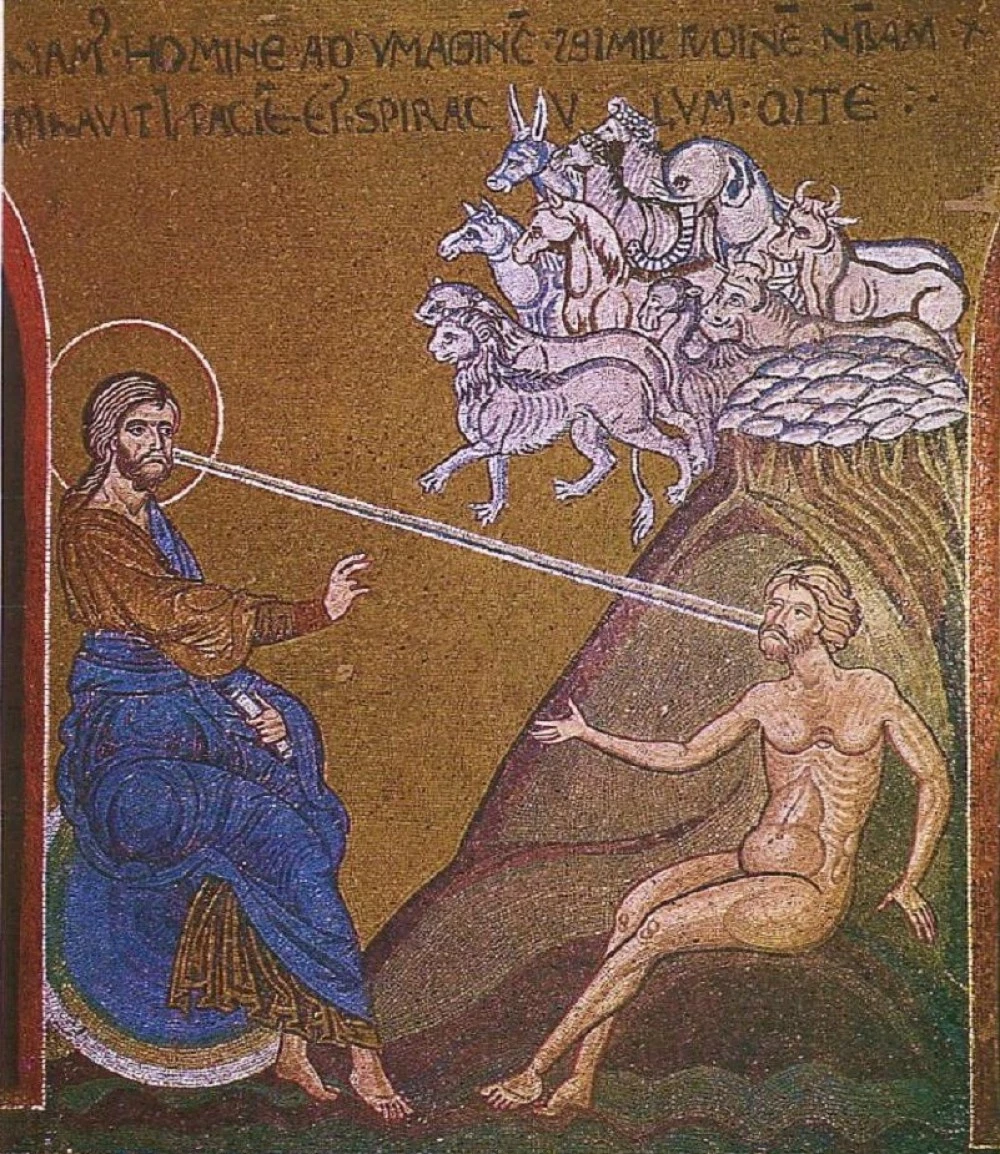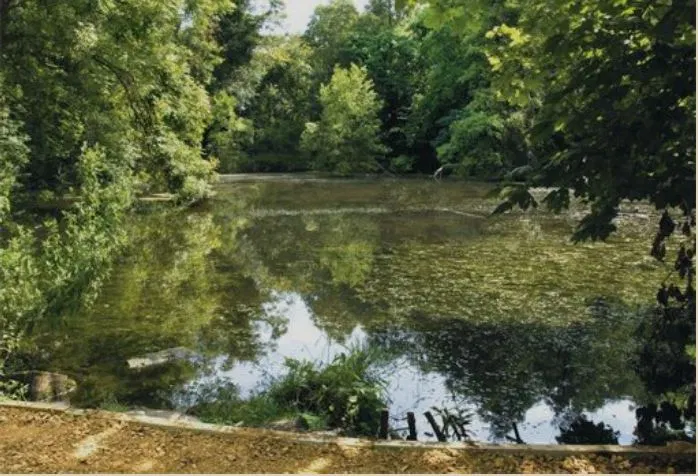Hi
Aiks
Yes - I agree, sadly we will never know the full extent of Tolkien’s personal library or his reading repertoire. However sometimes we have to make educated guesses and use what little information we have. I think it’s okay to use circumstantial evidence and forge logical connections.
Rackham’s artwork seemed to appeal to Tolkien from what he said about it influencing the
Old Man Willow painting. I’m sure C.S. Lewis and Tolkien had many conversations about fairy tales and mythology. I wouldn’t at all be surprised if they’d discussed
Undine, given that Lewis loved Rackham’s artistry and effectively proclaimed Tolkien to be:
“… a specialist in fairy-stories.”
–
Review of The Hobbit for the Times Literary Supplement, 2 Oct 1937
——-
Undine: A Paracelsian Elemental
Now the term ‘undine’ originates from mythological related theory advocated by a 16th century European alchemist and physician who went by the pseudonym ‘Paracelsus’. Its usage became so common that it became incorporated into all major dictionaries:
“Undine: a female spirit or nymph imagined as inhabiting water.”
-
Oxford Dictionary of English, OUP, 2006
The word itself is sourced from Latin unda, meaning ‘wave’ or ‘water’. We know that Tolkien was familiar with this Swiss-German scientist’s pioneering work for at least two reasons. One being Tolkien mentions him in
Letter #239 (from
The Letters of J.R.R. Tolkien, 20 July 1962, Edited by H. Carpenter, 1981). The second is that Paracelsus was the inventor of the word ‘sylphs’ which Tolkien borrowed for
The Lost Tales of the 1915’s – 1920’s. Hence, it seems reasonable to assume that he had become familiar, well before
The Lord of the Rings, with what Paracelsus essentially described as ‘elementals’. Of course, if at this early time the term ‘sylph’ was known to a young Tolkien – undoubtedly ‘undine’ would also have registered - don’t you think?
As for ‘elementals’, they were posited to be unique life-forms each wrought from one of the four ancient elements: air, water, fire and earth. Except for the salamander, they took roughly humanoid shapes while subsuming the type of matter that they were associated to. Undines were of beautiful (often feminine) appearance (when visible to mortals) and explicitly bonded to water – sometimes tailed and sometimes not.
‘The Untangling of Chaos’ or creation of the elements, God the Father stands astride a globe surrounded by the Universe, Hendrik Goltzius, 1589 Engraving
Despite a lack of scientific proof, Paracelsus was adamant such beings composed entirely of one category of matter:
“… were really living entities, … inhabiting worlds of their own, unknown to man because his undeveloped senses were incapable of functioning beyond the limitations of the grosser elements.”
–
The Secret Teachings of All Ages, The Elements and Their Inhabitants – pg. 292, M.P. Hall, 1928
Fouqué built upon Paracelsus’s work and took it a step further. To Fouqué, water-nymphs and undines were equivalents:
“ ‘Pure and fair, more fair even than the race of mortals are the spirits of the water. Fishermen have chanced to see these
water-nymphs or mermaidens, and they have spoken of their wondrous beauty. Mortals too have named these strange women
Undines. …’ ”.
–
Undine, F. de La Motte Fouqué, Project Gutenberg E-book, Editor: M. Macgregor, Chapter VII, 1907 (my underlined emphasis)
Then were what Fouqué and we might term water-nymphs, really elementals? For Fouqué, we certainly can deduce so – for right at the end of the tale Undine reverts to her basic constituent fabric, that of water:
“… she went slowly out, and disappeared in the fountain. … a little spring*, of silver brightness, was gushing out from the green turf, and it kept swelling and flowing onward with a low murmur, till it almost encircled the mound of the knight’s grave; it then continued its course, and emptied itself into a calm lake, which lay by the side of the consecrated ground. Even to this day, the inhabitants of the village point out the spring; and hold fast the belief that it is the poor deserted Undine, who in this manner still fondly encircles her beloved in her arms.”
–
Undine, F. de La Motte Fouqué, Project Gutenberg E-book, Introduction by C. Yonge, Chapters 9 & 10
More importantly had Tolkien latched onto such ideas? Had he thought of Goldberry in her river abode as not only akin to a classic Muse, but also an undine? Maybe there was a legitimate connection – because even in Roman and Greek mythologies – nymphs, on occasion, dissipate into water*. Then were water-nymphs and undines one and the same in the Professor’s mind too? Were they both ultimately elementals?
Whether so, I cannot prove. But there was one quality about a premarital Undine that is mirrored by her counterparts and captured so well in John Waterhouse’s
Hylas and the Nymphs (picture depicted in my post of Dec 28 2023). Namely, outward youthful beauty – yet an accompanying inner coldness which is facially unmissable:
“Look deep into her blue eyes and you will see why her beauty is so cold, so chill. … In the eyes of every mortal you may see a soul. In the gay blue eyes of Undine, look you long and never so deep, no soul will look forth to meet your gaze.”
–
Undine, F. de La Motte Fouqué, Project Gutenberg E-book, Editor: M. Macgregor, Introduction, 1907
‘Hylas and the Nymph’, Henry Pegram, erected in Regent’s Park, London 1933
In Fouqué’s tale** the only way for an undine to gain a soul was to marry a man. Tom, though manlike in looks, was an immortal. But it is curious how per
The Adventures of Tom Bombadil – just before marriage he found Goldberry by the rushes:
“… and her heart was beating!”
–
The Fellowship of the Ring, In the House of Tom Bombadil
Why wouldn’t it be? But was it merely fluttering in affection for Tom or was it the onset of a metamorphic transformation to acquire a soul? It might have been both, because in philosophy and mythology the heart, soul and love have always had strong linkage***!
… to be continued
* Transformation of an embodied nymph to pure water was probably inspired by the mythology in Ovid’s
Metamorphoses (Cyan melts into water –
Book V, Hyrie turns into a spring –
Book VII and Egeria turns into a spring –
Book XV).
For Tolkien’s likely knowledge of Ovid/
Metamorphoses – see Jason Fisher’s
Tolkien and the Study of His Sources, Sea Birds and Morning Stars (Larsen), 2011.
** The story’s plot also appears in Hans Christian Andersen’s
The Little Mermaid where another type of merwoman similarly gains a soul by marrying a mortal:
“A mermaid has not an immortal soul, nor can she obtain one unless she wins the love of a human being. On the power of another hangs her eternal destiny.”
–
Hans Andersen’s Fairy Tales, The Little Mermaid – pg. 230, H.B. Paull, 1867
‘The Mermaid’, Stories from Hans Andersen, illustration by Edmund Dulac, Hodder & Stoughton, 1911
Her doom, like Undine’s, was to revert to ‘element’ form if she failed:
“ ‘… when we cease to exist here we only become the foam on the surface of the water, …’ ”.
–
Hans Andersen’s Fairy Tales, The Little Mermaid – pg. 220, H.B. Paull, 1867
*** For example, Aristotle placed the location of the soul in the heart; while Plato subdivided the soul into three parts/placements:
logos (head), thymos (lungs) and eros (heart)
